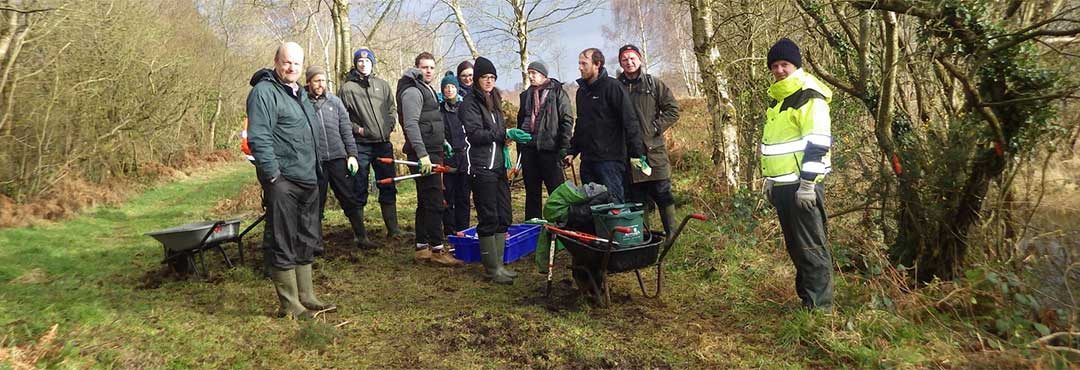Lowland meadows consist of unimproved neutral grassland which contains few higher plant species and a small cover of bushes. They are very herb rich, with a high but variable species richness and grow on well drained mineral soils. They often grade into species rich acid or calcareous grasslands.
Historical info about Lowland meadows
Lowland meadow is a very fragmented habitat; there are no large areas of lowland meadow in Northern Ireland. Smaller areas of this specific habitat are found on parts of fields which are difficult to use for agriculture (e.g. on steep slopes). In the past, lowland meadows were mostly used for hay production but nowadays grazing has become more important on these sites. Lowland meadows can also be found in recreational areas, churchyards and roadside verges.
Species living in and around Lowland meadows
Typical for this habitat are different herb species such as Meadow vetchling (Lathyrus pratensis), common Knapweed (Centaurea nigra) or Common Bird’s-foot-trefoil (Lotus corniculatus). Lowland meadows contain different types of Fine-leaved grasses (e.g. common bent (Agrostis capillaries), red fescue (Festuca rubra) and a variety of scarce and declining plants such as the butterfly-orchid (Platanathera chlorantha).
Other species found in a lowland meadow habitat will depend on the acid and the humidity of the specific area.
The habitat of lowland meadows are important for different vertebrates and invertebrates for example Skylarks (Alauda arvensis), Corncrake (Crex Crex) or the Irish hare (Lepus timidus hibernicus), which is a Northern Ireland priority species.
Threats to Lowland meadows
The area covered by lowland meadow decreased by twenty percent since 1991. Only a minority of this (13%) is considered to be of high quality. The main reasons for this are:
- the conversion to grassland with more agriculturally preferred grasses
- intensive grazing or cutting leading to a reduction of species diversity
- increasing impoverishment due to fertilizer
- aforestation through commercial coniferous plantations
- Climate Change, which affects the species composition and diversity through temperature and sea levels rise.

